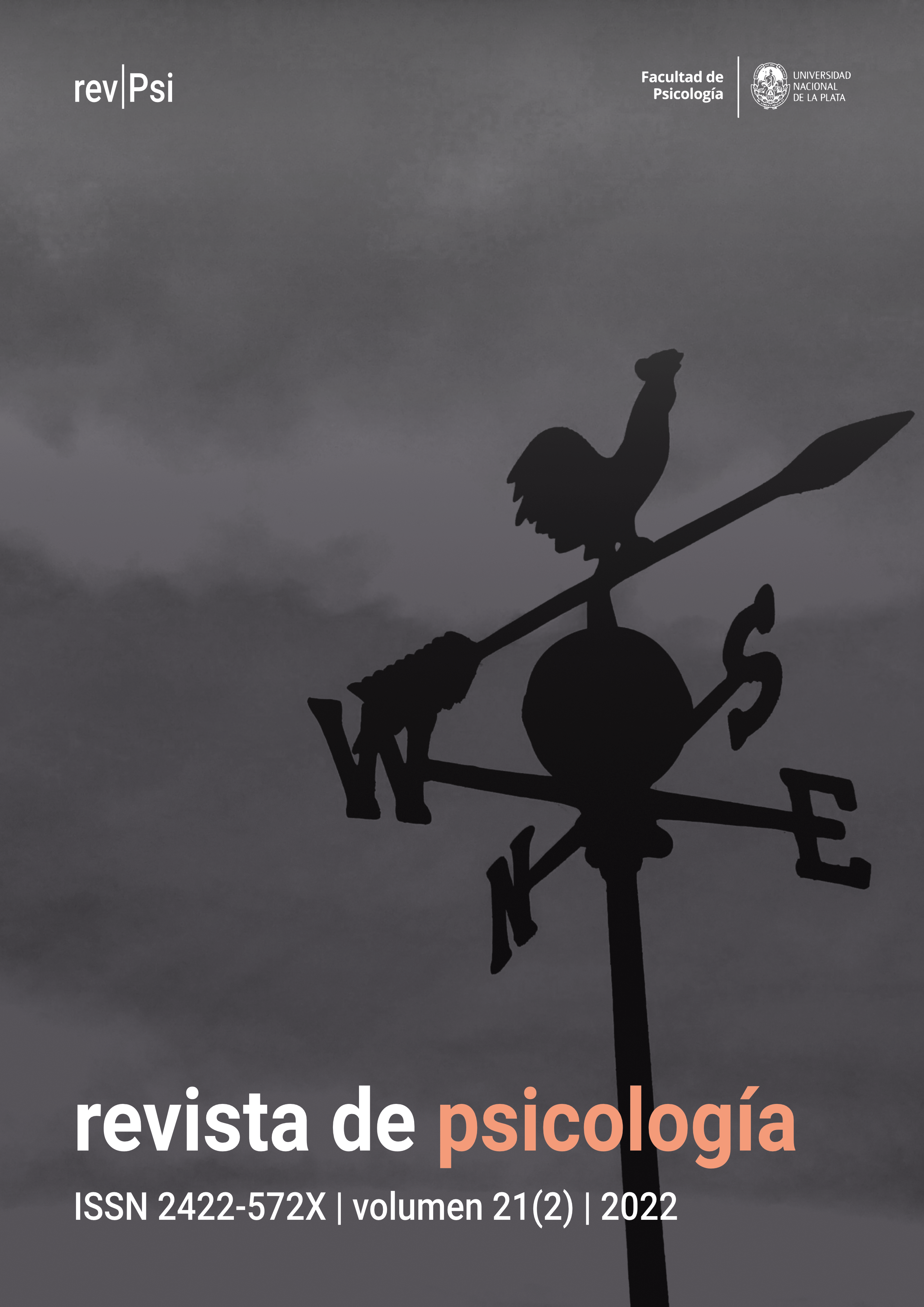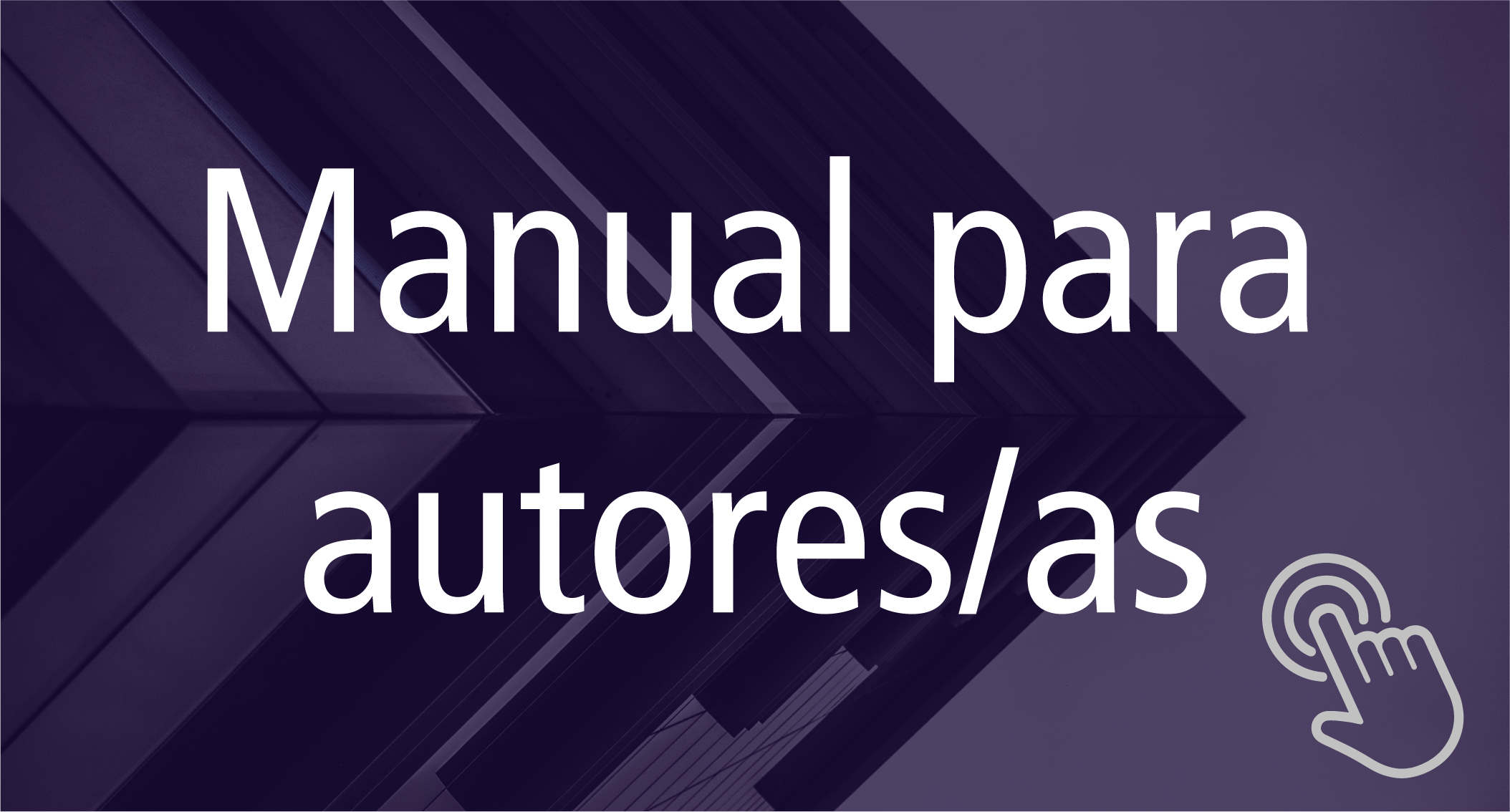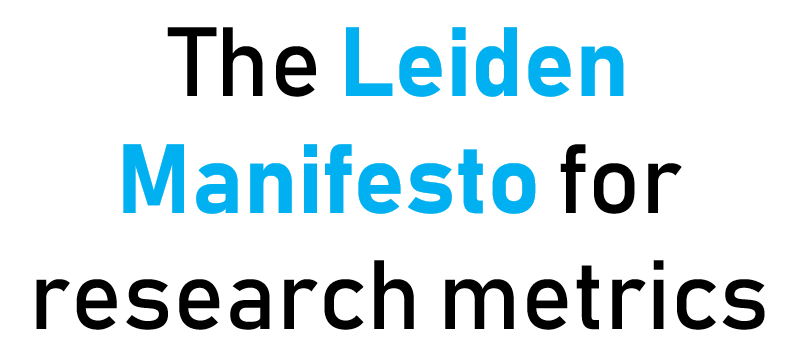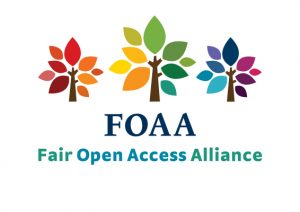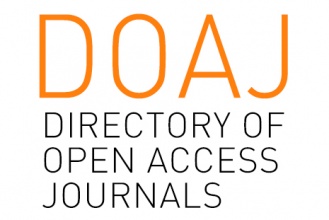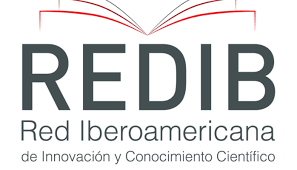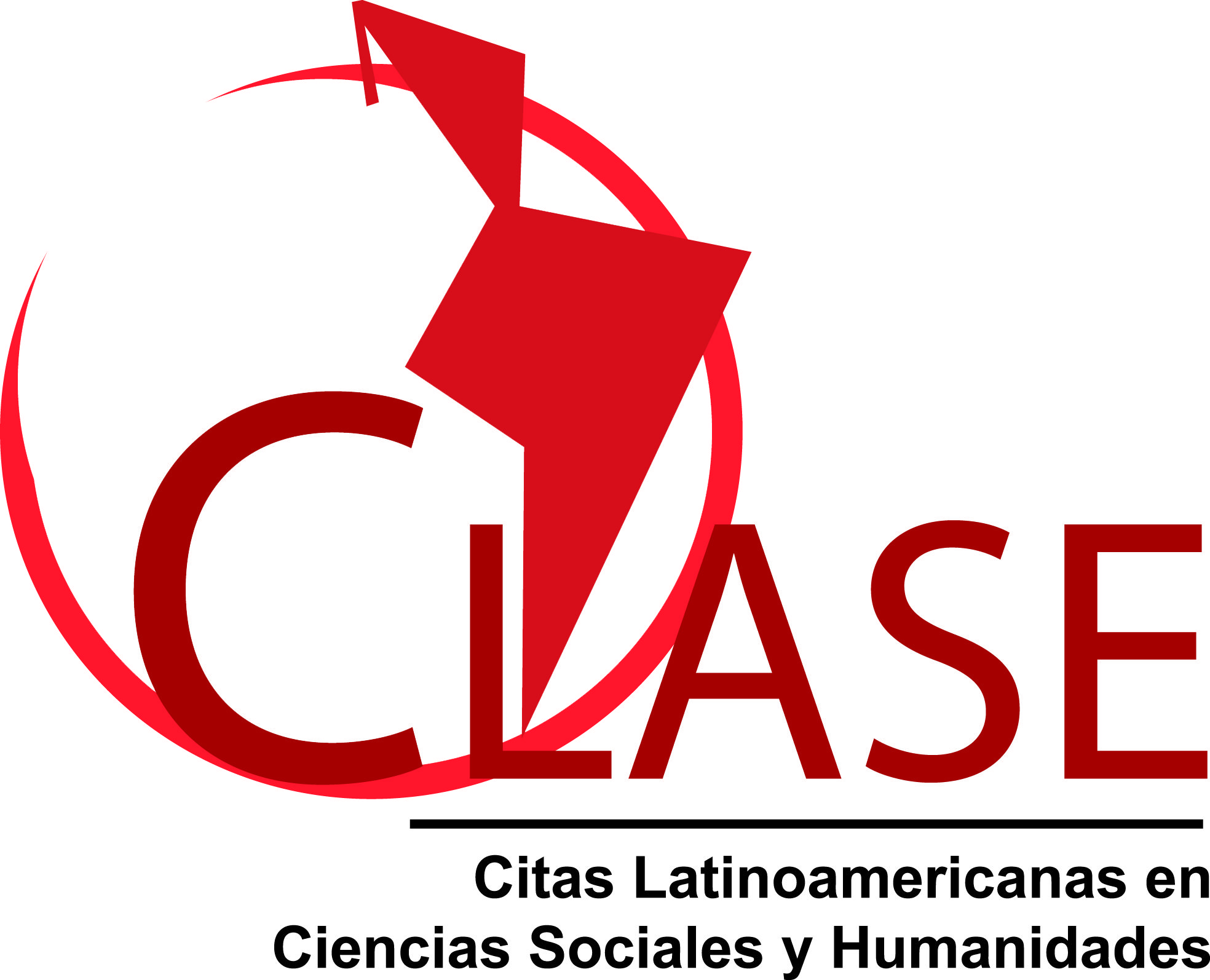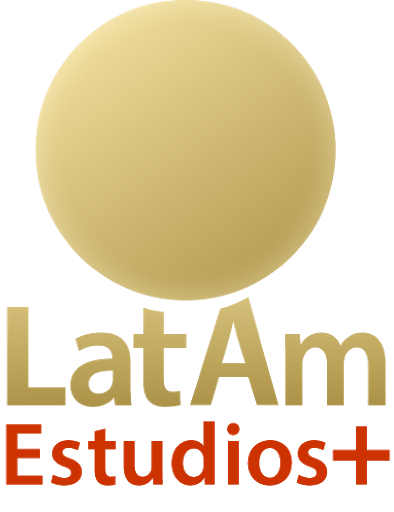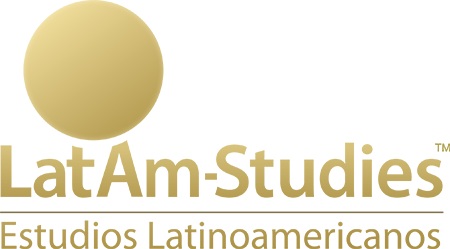Sociocultural environment and human development: Some reflections on the cultural differences in theory of mind
DOI:
https://doi.org/10.24215/2422572Xe141Keywords:
theory of mind, cognitive development, cultural differences, false belief, psychological assessmentAbstract
The theory of mind (ToM) is a key milestone in human development, as it allows for the understanding of fundamental skills for effective communication and social engagement. Most recent research is based on the study of false belief as a representative indicator of its development, but this fact overlooks the complex nature of the phenomenon, whose development depends on the gradual organisation of multiple aspects. While there is consensus as to the multifaceted nature of ToM, the processes that underlie its development have been little explored beyond Western cultures, especially focusing on North American and European samples. This article discusses current evidence on existing cultural differences in the developmental patterns and times of ToM acquisition. Additionally, it addresses the limited diversity of tasks that have been traditionally used for ToM evaluation and the difficulties that it could pose in terms of validity and generalisation of results.
Downloads
Metrics
References
Alessandroni, N. (2021). Object concepts and their functional core: Material engagement and canonical uses of objects in early childhood education. Human Arenas, 4, 172–195. https://doi.org/10.1007/s42087-020-00119-5
Avis, J. y Harris, P. L. (1991). Belief-desire reasoning among Baka children: Evidence for a universal conception of mind. Child Development, 62(3), 460-467. https://doi.org/10.1111/j.1467-8624.1991.tb01544.x
Baron-Cohen, S. (1985). Mindblindness: An essay on autism and theory of mind. MIT Press.
Burnel, M., Perrone-Bertolotti, M., Reboul, A., Baciu, M. y Durrleman, S. (2018). Reducing the language content in ToM tests: A developmental scale. Developmental Psychology, 54(2), 293-307. https://doi.org/10.1037/dev0000429
Callaghan, T., Rochat, P., Lillard, A., Claux, M. L., Odden, H., Itakura, S., Tapanya, S. y Singh, S. (2005). Synchrony in the onset of mental-state reasoning: Evidence from five cultures. Psychological Science, 16(5), 378-384. https://doi.org/10.1111/j.0956-7976.2005.01544.x
De Jaegher, H., Di Paolo, E. y Gallagher, S. (2010). Can social interaction constitute social cognition? Trends in Cognitive Sciences, 14(10), 441-447. https://doi.org/10.1016/j.tics.2010.06.009
Döhnel, K., Schuwerk, T., Sodian, B., Hajak, G. Rupprecht, R. y Sommer, M. (2016). An fMRI study on the comparison of different types of false belief reasoning: False belief-based emotion and behavior attribution. Social Neuroscience, 12(6), 730-742. https://doi.org/10.1080/17470919.2016.1241823
Flynn, E. y Whiten, A. (2012). Experimental “microcultures” in young children: Identifying biographic, cognitive, and social predictors of information transmission. Child Development, 83(3), 911-925. https://doi.org/10.1111/j.1467-8624.2012.01747.x
Gopnik, A. y Astington, J. W. (1988). Children's understanding of representational change and its relation to the understanding of false belief and the appearance-reality distinction. Child Development, 59(1), 26-37. https://doi.org/10.2307/1130386
Heal, J. (1995). Replication and functionalism. En M. Davies y T. Stone (Eds.), Folk psychology: The theory of mind debate (pp. 45–59). Blackwell.
Hughes, C. y Devine, R. T. (2015). Individual differences in theory of mind from preschool to adolescence: Achievements and directions. Child Development Perspectives, 9(3), 149-153. https://doi.org/10.1111/cdep.12124
Hutto, D. D. (2011). Elementary mind minding, enactivist-style. En A. Seemann (Ed.), Joint attention: New developments in psychology, philosophy of mind, and social neuroscience (pp. 307-341). MIT Press. https://doi.org/10.7551/mitpress/8841.003.0016
Jacob, P. (2020). What do false-belief tests show? Review of Philosophy and Psychology, 11, 1-20. https://doi.org/10.1007/s13164-019-00442-z
Kuntoro, I. A., Saraswati, L., Peterson, C. y Slaughter, V. (2013). Micro-cultural influences on theory of mind development: A comparative study of middle-class and pemulung children in Jakarta, Indonesia. International Journal of Behavioral Development, 37(3), 266-273. https://doi.org/10.1177/0165025413478258
Lecce, S. y Hughes, C. (2010). The Italian job?: Comparing theory of mind performance in British and Italian children. British Journal of Developmental Psychology, 28(4), 747-766. https://doi.org/10.1348/026151009X479006
Lillard, A. (1998). Ethnopsychologies: Cultural variations in theories of mind. Psychological Bulletin, 123(1), 3-32. https://doi.org/10.1037/0033-2909.123.1.3
Liu, D., Wellman, H. M., Tardif, T. y Sabbagh, M. A. (2008). Theory of mind development in Chinese children: A meta-analysis of false-belief understanding across cultures and languages. Developmental Psychology, 44(2), 523-531. https://doi.org/10.1037/0012-1649.44.2.523
Nisbett, R. E. (2003). The geography of thought: How Asians and Westerners think differently…and why. Free Press.
Ratcliffe, M. (2007). Rethinking commonsense psychology. A critique of folk psychology, theory of mind and simulation. Palgrave Macmillan.
Reddy, V. (2003). On being the object of attention: Implications for self-other consciousness. Trends in Cognitive Sciences, 7, 397-402. https://doi.org/10.1016/S1364-6613(03)00191-8
Reddy, V. (2008). How infants know minds. Harvard University Press.
Reddy, V. y Morris, P. (2004). Participants don't need theories: Knowing minds in engagement. Theory & Psychology, 14, 647-665. https://doi.org/10.1177/0959354304046177
Rivière, Á. y Castellanos, J. L. (1986/2003). Autismo y Teoría de la mente. En M. Belinchón, A. Rosa, I. Marichalar y M. Sotillo (Eds.) (2003), Ángel Rivière. Obras escogidas. Volumen II (pp. 143–163). Médica-Panamericana.
Schurz, M., Aichhorn, M., Martin, A. y Perner, J. (2013). Common brain areas engaged in false belief reasoning and visual perspective taking: A meta-analysis of functional brain imaging studies. Frontiers in Human Neuroscience, 7, 712. https://doi.org/10.3389/fnhum.2013.00712
Shahaeian, A. (2015). Sibling, family, and social influences on children’s theory of mind understanding: New evidence from diverse intracultural samples. Journal of Cross-Cultural Psychology, 46(6), 805-820. https://doi.org/10.1177/0022022115583897
Shahaeian, A., Nielsen, M., Peterson, C. C., Aboutalebi, M. y Slaughter, V. (2014). Knowledge and belief understanding among Iranian and Australian preschool children. Journal of Cross-Cultural Psychology, 45(10), 1643-1654. https://doi.org/10.1177/0022022114548484
Slaughter, V., Peterson, C. C. y Mackintosh, E. (2007). Mind what mother says: Narrative input and theory of mind in typical children and those on the Autism spectrum. Child Development, 78(3), 839-858. https://doi.org/10.1111/j.1467-8624.2007.01036.x
Vietri, M., Alessandroni, N. y Piro, M. C. (2018). La perspectiva de segunda persona en la atribución de estados mentales: Una revisión sistemática de su estado actual de desarrollo. Psykhe, 28(2), 1-17. https://doi.org/10.7764/psykhe.28.2.1280
Vietri, M., Alessandroni, N. y Piro, M. C. (2021). Usos de objetos y anticipaciones corporales en el desarrollo temprano. Revista de Psicología. https://dx.doi.org/10.24215/2422572Xe089
Wellman, H. M. (2014). Making minds: How theory of mind develops. Oxford University Press.
Wellman, H. M. y Liu, D. (2004). Scaling of theory-of-mind tasks. Child Development, 75(2), 523-541. https://doi.org/10.1111/j.1467-8624.2004.00691.x
Wimmer, H. y Perner, J. (1983). Beliefs about beliefs: Representation and constraining function of wrong beliefs in young children’s understanding of deception. Cognition, 13(1), 103-128. https://doi.org/10.1016/0010-0277(83)90004-5
Downloads
Published
How to Cite
Issue
Section
License
Copyright (c) 2022 Ana Moreno-Núñez

This work is licensed under a Creative Commons Attribution 4.0 International License.
![]()
Authors who publish in this journal accept the following conditions:
- Authors retain the copyright and assign the right of first publication to the journal, with the work registered under a Creative Commons attribution license (CC-BY), which allows third parties to use what is published whenever they mention the authorship of the work and the first publication in this magazine.
- Authors can make other independent and additional contractual agreements for the non-exclusive distribution of the article published in this journal (e.g., include it in an institutional repository or publish it in a book) as long as they clearly indicate that the work was published for the first time in this magazine.
- Authors are allowed and encouraged to publish their work on the Internet (e.g., on institutional or personal webpages) before and during the review and publication process, as it can lead to productive exchanges and greater and faster dissemination of published work (see The Effect of Open Access ).

